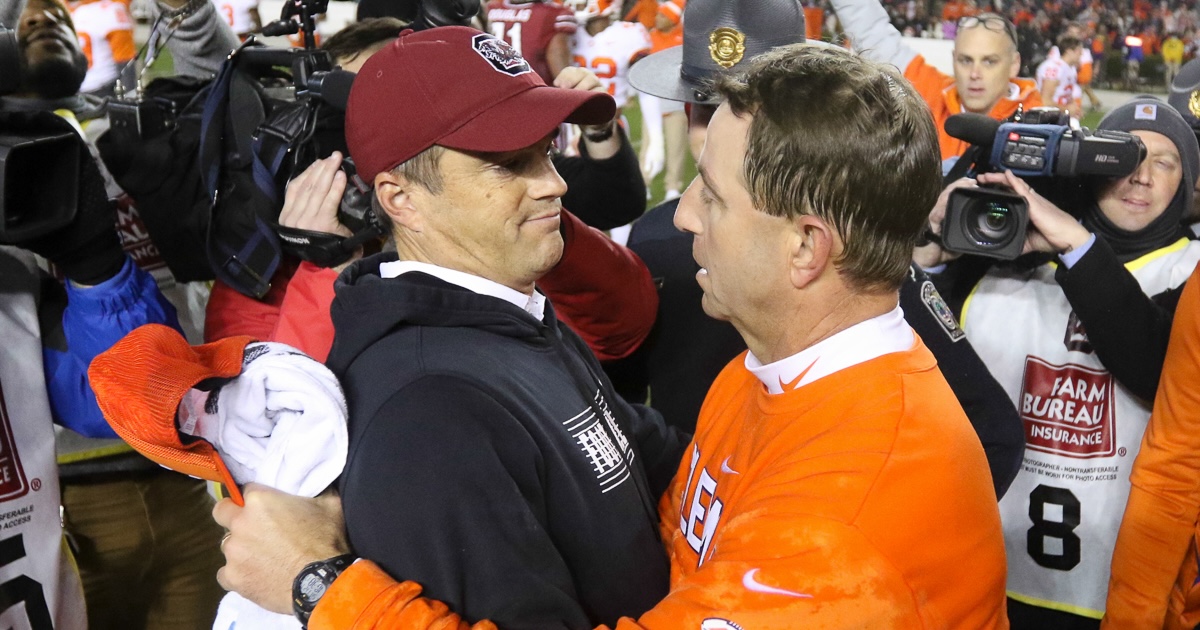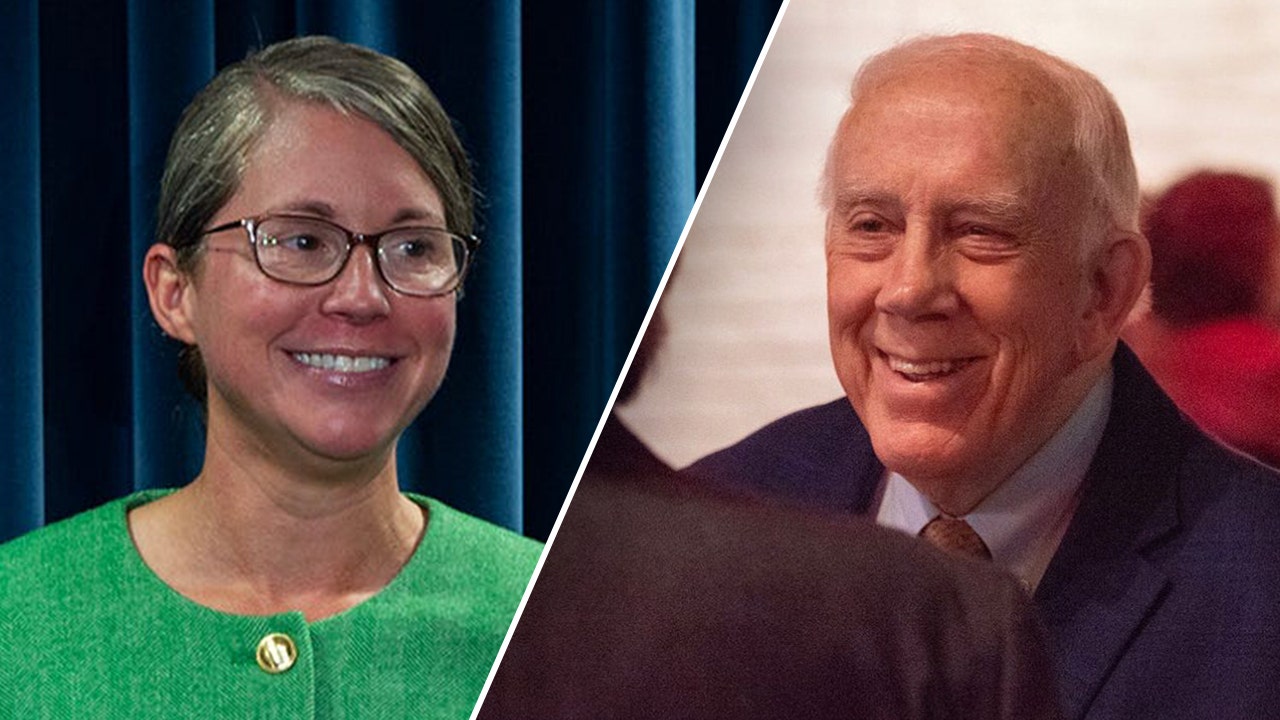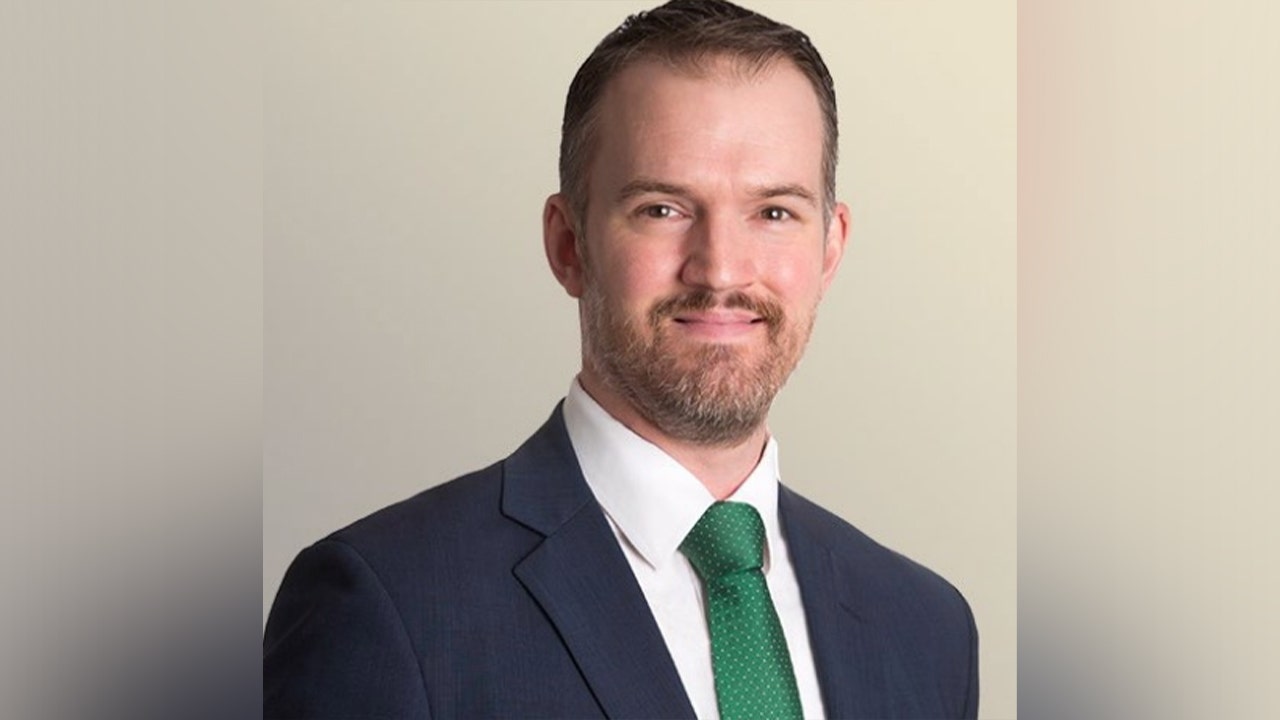COLUMBIA – It is game day at Williams-Brice Stadium where the Tigers battle South Carolina.
Gamecocks look for a win to become bowl eligible. The Tigers look to finish strong at 8-4 and help their bowl positioning.
Location: Williams-Brice Stadium
Kickoff: 7:30 PM
Television: SEC Network
Announcers: Taylor Zarzour, Matt Stinchcomb, Alyssa Lang
2023 Record: Clemson 4-4, South Carolina 5-6
ACC Record: Clemson 4-4
Series History: Clemson trails series 72-43-4
Last Meeting: South Carolina won 31-30 on November 26, 2022
CLEMSON TO FACE SOUTH CAROLINA FOR 120TH TIME IN SERIES HISTORY
Clemson and South Carolina will meet for the 120th time in history when the Tigers close their 2023 regular season on the road against the Gamecocks on
Saturday, Nov. 25. Kickoff at Williams-Brice Stadium in Columbia, S.C., is scheduled for 7:30 p.m. ET.
Clemson will look to reassume annual in-state bragging rights after South Carolina snapped Clemson’s series-record-tying seven-game win streak in the rivalry with a one-point win a season ago. Clemson holds a 72-43-4 record in the rivalry and has held the series lead since 1898.
Two years ago, incredulity was a common reaction both nationally and in some Clemson fan circles when Dabo Swinney tabbed then-analyst Wes Goodwin as Clemson’s new defensive coordinator in the wake of Brent Venables’ ascension to Oklahoma’s head coaching job. In his second season leading Clemson’s defensive unit in 2023, Goodwin has displayed why Swinney entrusted him with the role.
Goodwin, a Broyles Award nominee, has led Clemson’s 10th-ranked total defense that has surrendered only 288.6 yards per game this year. He and his group were publicly challenged by Swinney over the offseason to improve its No. 76 national ranking in pass defense from 2022, and he and his unit have
responded forcefully.
Clemson ranks sixth in the nation in opposing passer rating (101.0) and eighth in the nation in opposing passing yards per game (166.7). In the last
three games, Clemson has faced three quarterbacks among the Top 45 nationally in pass efficiency rating — No. 6 Drake Maye, No. 41 Sam Hartman and No. 45 Haynes King. Despite facing that group, Clemson
leads in the nation in opponent passer rating in the month of November (81.04) after holding Notre Dame, Georgia Tech and North Carolina to a combined 43-of99 passing (43.4 percent) for 492 yards with seven
interceptions against only three touchdowns, two of which came against Clemson’s backups in a blowout win against Georgia Tech.
“Hats off to our defense, man,” Swinney said Saturday. “Y’all have heard me say this many times: they have played well enough for us to be undefeated.
I’m proud of them because they’ve stayed with it. They’ve just kept battling. They have not pointed fingers. They’ve just kept lifting their teammates up and encouraging guys.”
WHAT TO WATCH FOR THIS WEEK
– Clemson attempting to win eight games in a season for the 41st time in school history. It would be Clemson’s 13th consecutive eight-win season and its 14th overall in Dabo Swinney’s 15 full seasons as head coach.
– Clemson (149-28) seeking its 150th win since the start of the 2011 season. Clemson would join Alabama (161) as the only programs to win 150 games since 2011.
– By kickoff time against South Carolina, Clemson entering the game having led the all-time series with the Gamecocks for 45,663 consecutive days (125 years, 8 days). South Carolina won the series opener in 1896 before Clemson evened the series in 1897. Clemson won the third game in the series on Nov. 17, 1898 to take a 2-1 series lead, a lead Clemson hasn’t relinquished.
– Clemson attempting to improve to 73-43-4 all-time against South Carolina. Clemson’s 72 all-time wins against South Carolina are the program’s most against any opponent.
– Clemson attempting to move its all-time road record against South Carolina to 54-32-3. Clemson’s 53 current road wins at South Carolina are nearly double its most alltime road wins against any other opponent, as Clemson’s
second-most road wins against an opponent are 27 at Wake Forest. The Tigers have more road wins against the Gamecocks in Columbia (53) than they have total wins against all but three programs (South Carolina, 72; Wake
Forest, 71; and NC State, 60)
– Clemson attempting to earn a fifth straight road win against South Carolina for the first time since defeating the Gamecocks on the road six straight times across the 1989-99 seasons.
– Clemson entering Williams-Brice Stadium, where the Tigers have surrendered one touchdown and only 13 total points in their last 12 quarters of play (34-10 in 2017, 38-3 in 2019, 30-0 in 2021).
– Clemson entering the game with an opportunity to post consecutive road shutouts against the Gamecocks for the first time since Frank Howard’s squads earned 7-0 and 13-0 wins in 1956 and 1957, respectively.
– Clemson attempting to deny South Carolina bowl eligibility by virtue of a win in the last game of the regular season for the first time since doing so against 5-6 South Carolina squads in both 2002 and 2003.
– Head Coach Dabo Swinney attempting to improve to
9-6 all-time against South Carolina.
– Swinney attempting to join Frank Howard (13) as the only Clemson coaches to defeat South Carolina nine times.
SERIES HISTORY VS. SOUTH CAROLINA
Saturday’s game will be the 120th all-time meeting between Clemson and South Carolina. Before the series was interrupted in 2020 by the COVID-19 pandemic, the teams had played every year from 1909-2019, which at the time was the nation’s second-longest active streak of consecutive years played in a rivalry. The only longer consecutive rivalry at the time was Minnesota vs. Wisconsin, which had been played every year since 1907.
Despite the interruption, at 118 games, the ClemsonSouth Carolina series entered 2023 tied for the 11thmost-played rivalry in the FBS.
TCI Predictions
Robert – Clemson 34, South Carolina 17
Will – Clemson 31, South Carolina 20
Don’t miss Dear Old Clemson’s Black Friday sale that is underway. 50 to 75 percent off some great Clemson collectibles! Get your deals while supplies last!













/cdn.vox-cdn.com/uploads/chorus_asset/file/25330613/STK419_DEEPFAKE_CVIRGINIA_E.jpg)













/cdn.vox-cdn.com/uploads/chorus_asset/file/25739950/247386_Elon_Musk_Open_AI_CVirginia.jpg)




